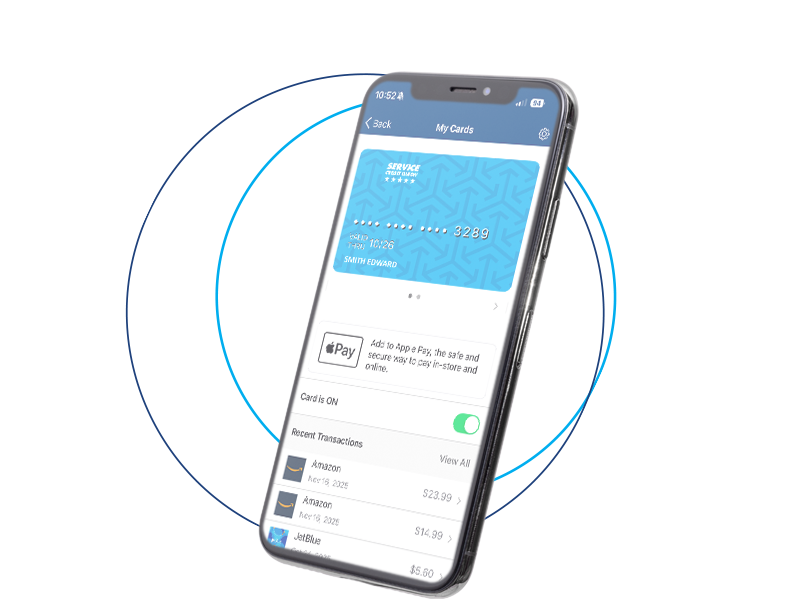*Statistics reflect events and donations in the 2024 calendar year.

73 Reasons
Giving Back to Our First Responders
In partnership with Boston Bruins defender Charlie McAvoy, Service Credit Union proudly highlights 73 reasons to defend those who defend us. Through this partnership, we’ve donated over $250,000 to provide heart and cancer screenings to first responders, which are often not covered by insurance.








